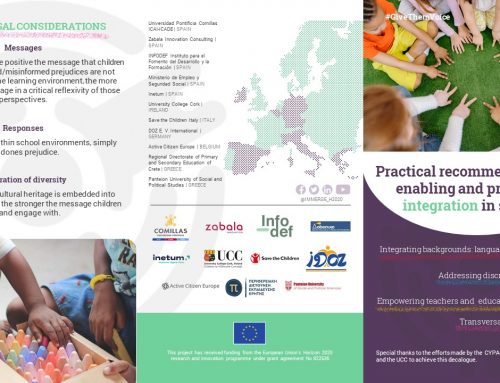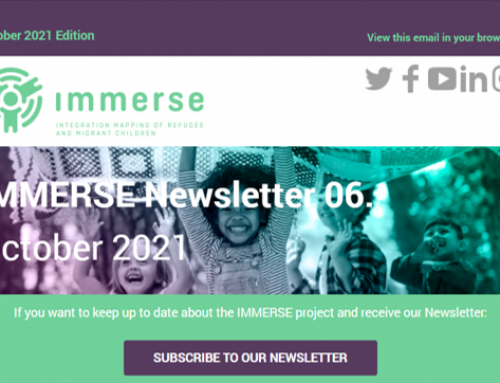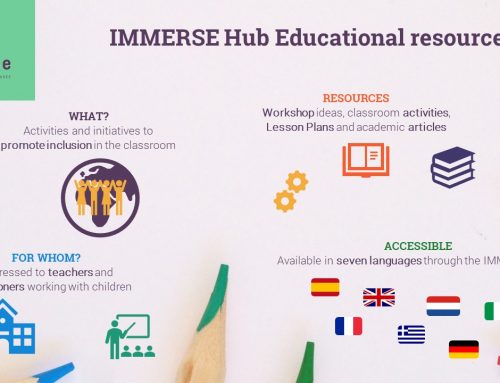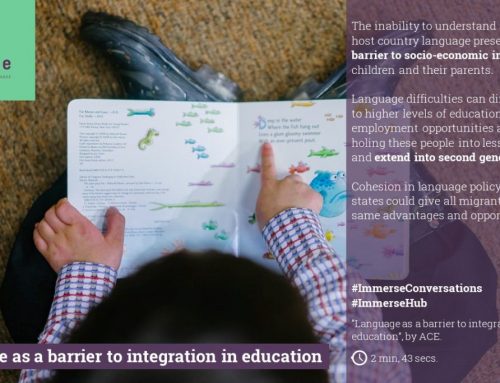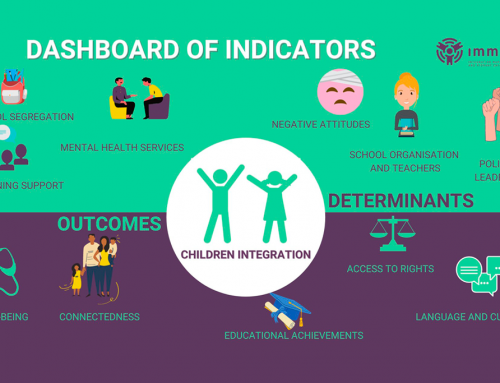1. What does real integration of children mean for UNICEF Spain?
It means that migrant and refugee children, like all other children, should enjoy “integral protection”, asstipulated by the Convention on the Rights of the Child. Full compliance with these rights is an essential pre-condition for refugee children’s development, and that can only be guaranteed through a catalogue of obligations consisting of public policies, regulations, structures, programs and practices in different areas and territorial levels.
2. How does the integration of children fit into the objectives of UNICEF Spain? Is it a specific priority or is something transversal to the different campaigns they carry out?
At UNICEF Spain, our priorities and decisions are led by the slogan “no child left behind”, therefore, the focus of our actions is primarily aimed at children with economic, educational, and social disadvantages, or towards those children whose voice is not heard. This explains why we have specific lines of work to promote the protection and social inclusion of migrant and refugee children in our country, also considering the importance of responding to specific needs.
3. According to UNICEF Spain’s information, what is the degree of integration of migrant and refugee children in Spain? What are the main barriers to this integration?
There are challenges, undoubtedly. In general, migrant children belong to the group of children most affected by child poverty, abandonment and failure at school.If we look at the most vulnerable groups of migrants (unaccompanied children, refugees, or children of migrants in irregular situations), the barriers multiply.
Refugee children are being hosted by a system with insufficient resources, compromising their physical and psychological well-being. This is particularly affecting those who arrive in places with more refugee saturation, and those whose families finish their official reception period without work or housing.
Unaccompanied migrant children face significant violations of their rights, which are caused by insufficient resources, outdated and uncoordinated practices, or complex and slow paperwork. It is a great paradox that their passage through the child protection system does not always represent a path to real integration. There are children who disappear from the system without follow-up, teenagers who do not get to legalize their situation or who do not access quality training.
Vacancies for children reaching full age are very few, leaving many of them in absolute social marginalization. This leads them to adopt survival strategies. In addition, unaccompanied migrant children are also confronted every day with stigma, racism and social rejection.
The comprehensive protection of migrant and refugee children requires specific resources and a multidimensional approach, through articulated and complementary work between children-dedicated areas with those focused on migration, asylum, education, youth, health, justice, employment, vocational training, social protection, among many others.
4. How does the integration of migrant and refugee children benefit society at large?
The arrival of migrants who want to establish themselves in Spain is always a richness for the hosting communities in terms of cultural diversity, and economic and social contribution.
Moreover, and this is perhaps the most important message articulated around the 2030 Agenda for Sustainable Development, we cannot make progress on the economic, social or environmental domain if we leave entire groups of people behind in absolute social marginalization, especially in the case of children and young people.
5. If UNICEF Spain had to send a message to society about integration, what would it be?
By integrating migrant and refugee children we all win.

